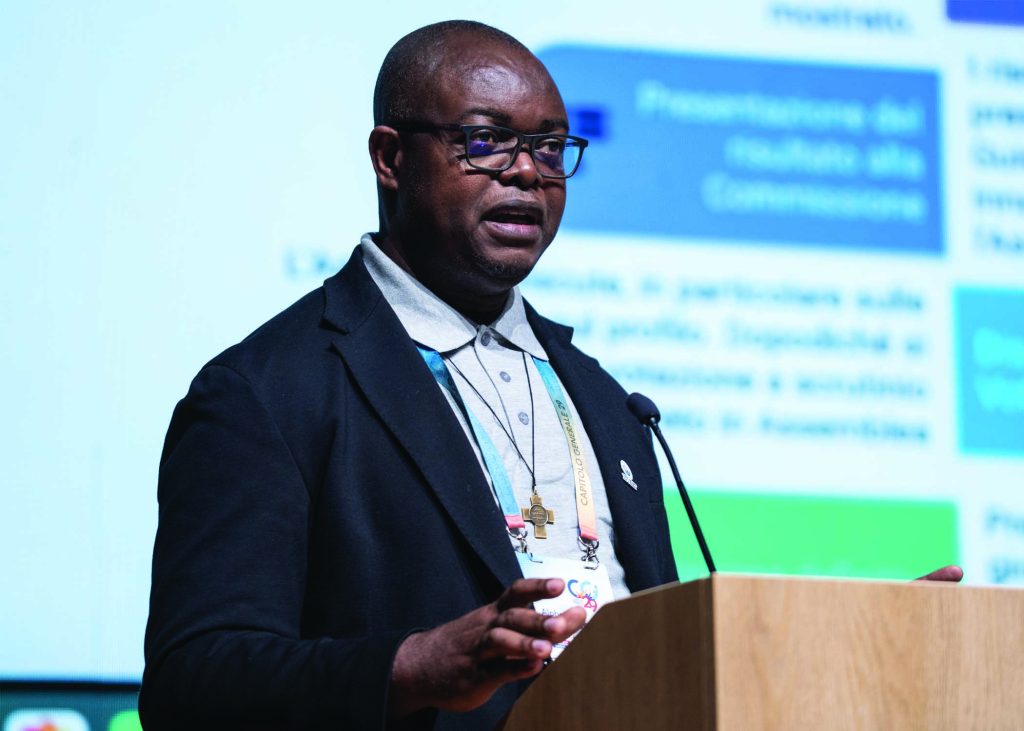
March 21 marks the beginning of spring in the northern hemisphere and autumn in the southern hemisphere. At the 29th General Chapter (GC29), held in Valdocco, the day’s work began with clearly defining the geographical boundaries of two new Regions created from the division of the current “Africa-Madagascar” Region. The new Regions will be named “East and South Africa” and “Central and West Africa.” This restructuring led to further reflections, such as the minimum number of confreres required to sustain a Salesian house.
Every aspect of Salesian life is studied through the lens of ‘inculturation,’ meaning its ability to adapt to current conditions and the traditions of different Regions and territories. Chapter members are called to support and guide the various expressions of the Salesian charism, mainly as they are realized in local community activities. This process begins with the basic community, where confreres live and work together in a house.
Provinces and Central Relations
The Provinces were a major focus, as strengthening their operational capacity and fostering cooperation—both among themselves and with the central leadership—is essential. The discussion also examined the role and functionality of the ‘Curatoria,’ key centers for forming new Salesians. These centers are envisioned as collaborative spaces shared by different Provinces.
Another key topic was the relationship with the Rector Major and the Councillors. This relationship is primarily realized through visits, both extraordinary and general. These visits are vital tools for maintaining the unity of the Congregation and promoting circular communication between the works spread across the world and the central leadership.
Several proposals were discussed, some of which will be transformed into motions to be submitted to the Chapter. A significant focus was placed on clarifying the visits’ objectives, timelines, and methods, with particular attention to tools for evaluating their effectiveness. The goal is to strengthen authentic face-to-face exchanges between central representatives and those directly involved in various activities.
One essential theme that emerged was the need to increase organizational efforts within individual Provinces. This would help prepare and foster authentic “synodality”—a sense of shared responsibility and collaboration. Ongoing reflections are focused on ensuring that visits lead to concrete and binding outcomes that influence daily activities.
Roles and Functions: Toward Greater Clarity
The Chapter also addressed constitutional matters, focusing on the roles of Sector Councillors, Regional Councillors, Provincials, and Vicars. The aim is to make these roles more explicit and standardized across different levels. The proposals outlined in the draft resolutions will undergo further review to achieve this.
Particular attention was given to the composition of Provincial Councils, aiming to define better the roles of those responsible for Youth Ministry and Formation.
Intense Collaboration for the Best Result
Significant work remains to finalize the documents that the Chapter will sign. With a strong spirit of collaboration, this collective effort is expected to result in the best possible outcome.
Courtesy: ANS-Turin


